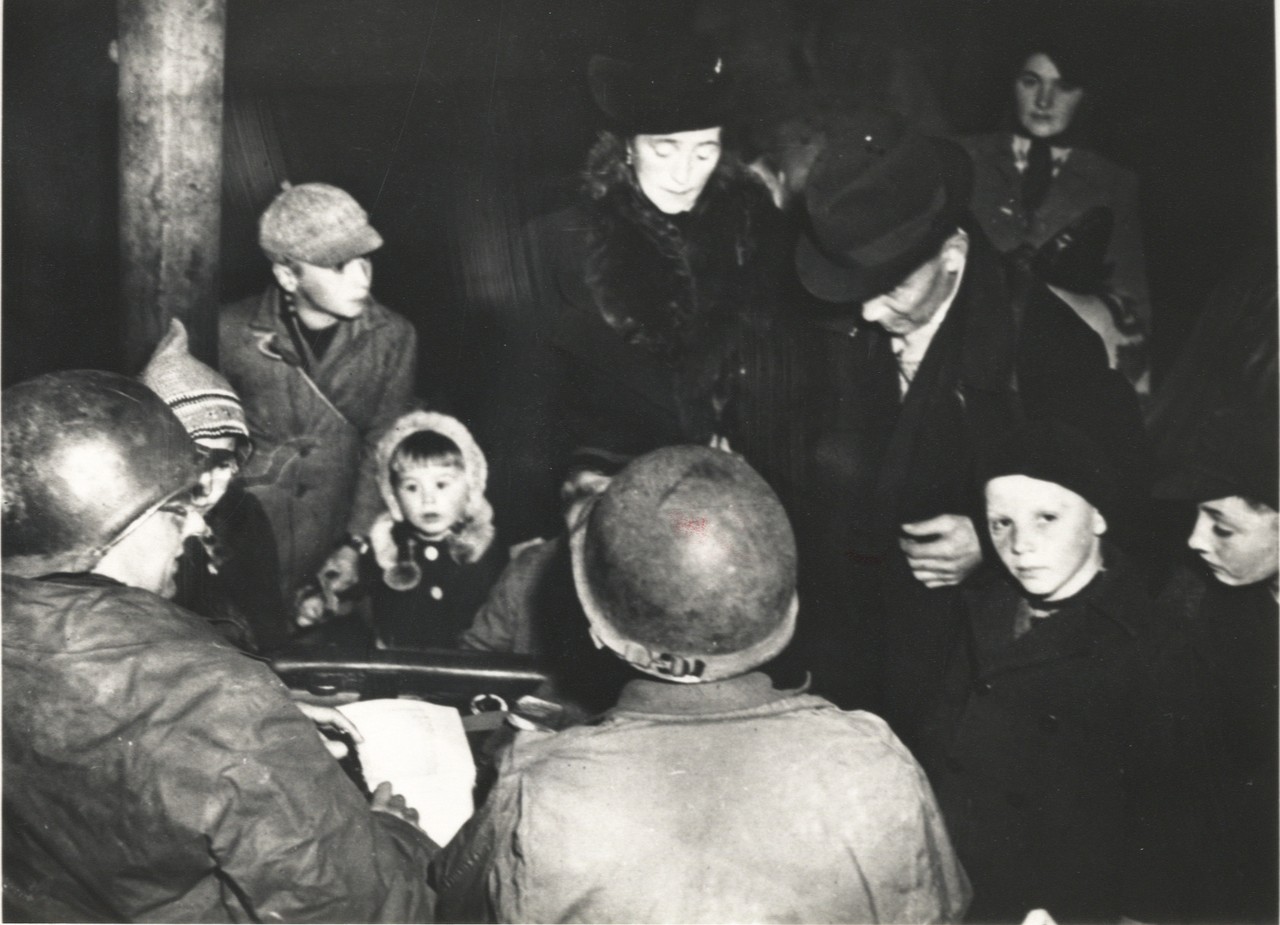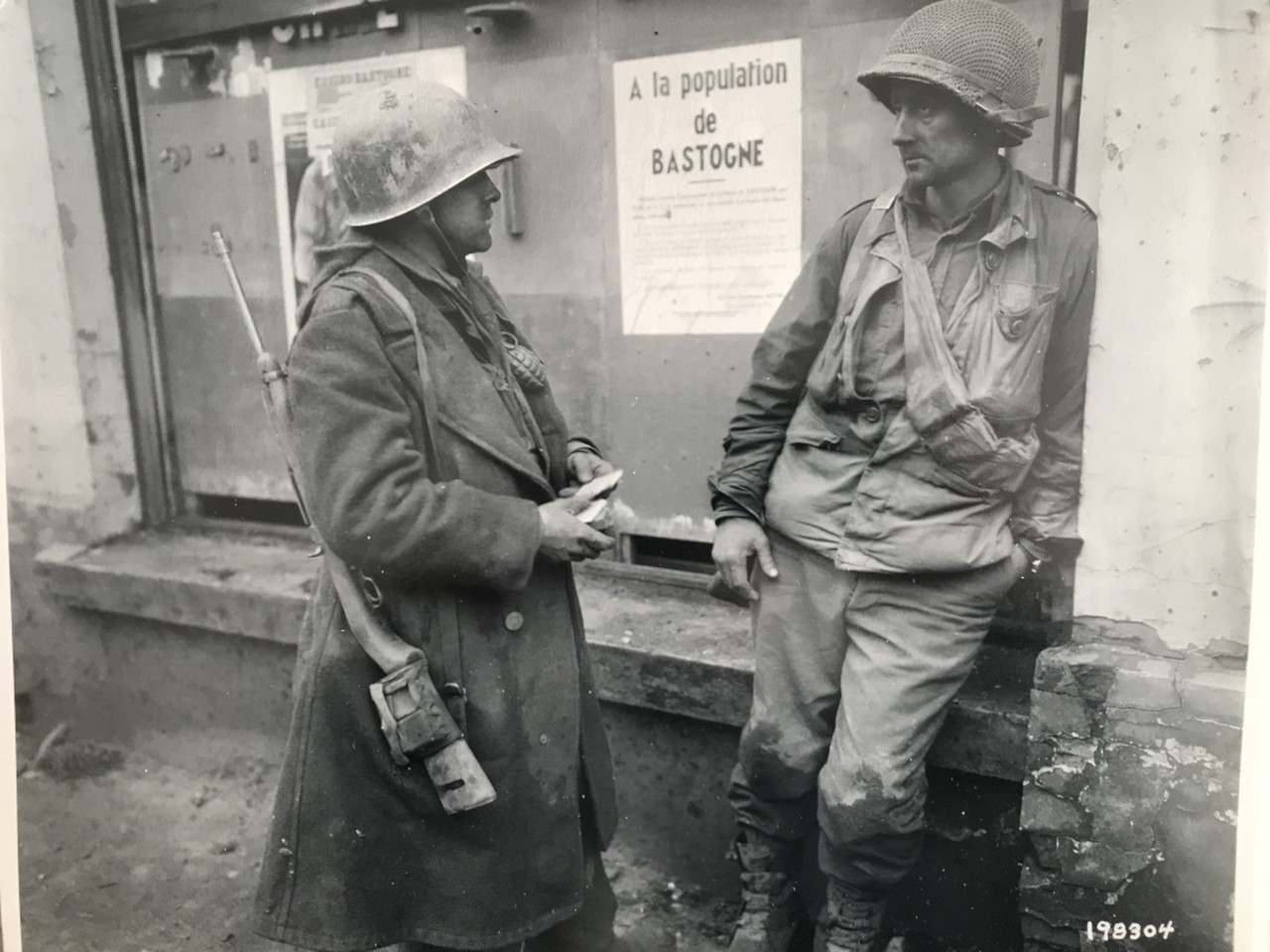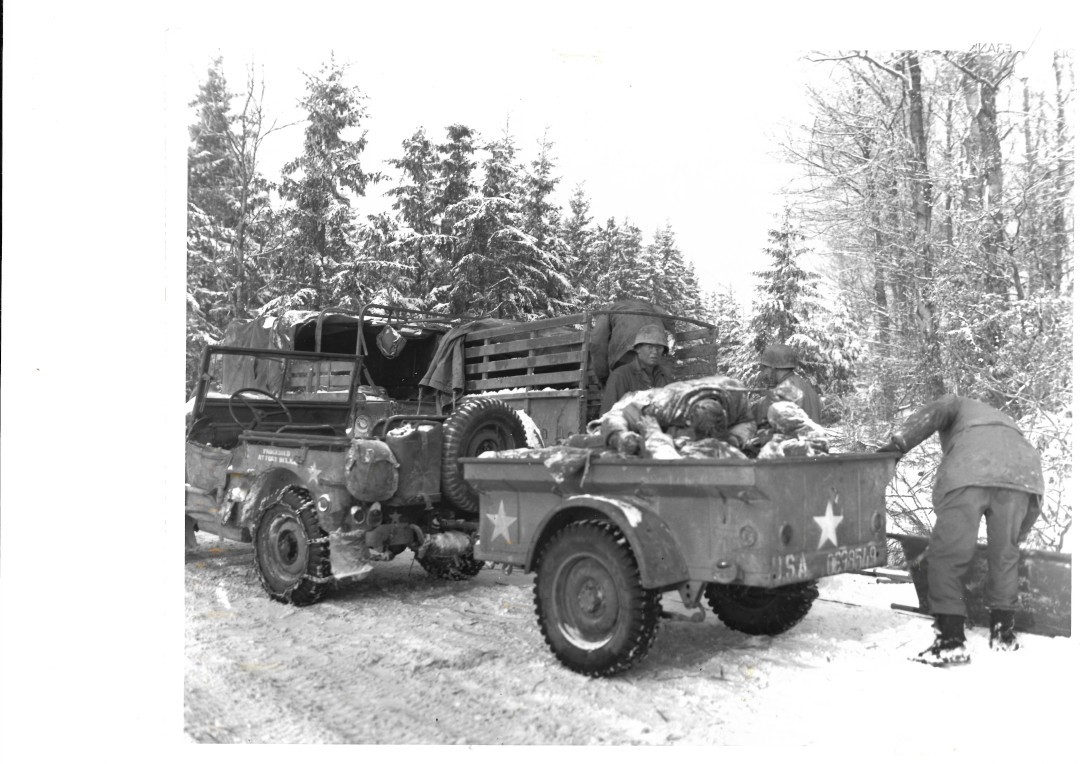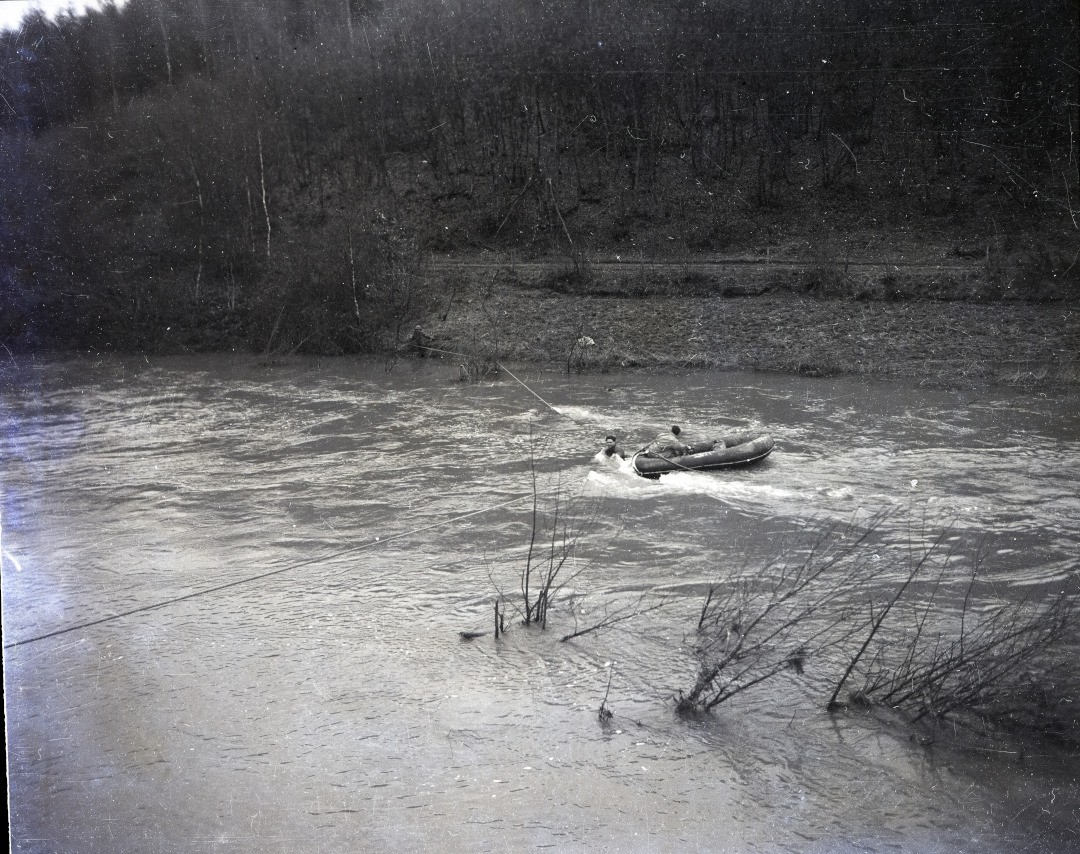The Battle of the Bulge in Luxembourg
Lussemburgo
Preferiti
Condividi
With the rapid liberation of Luxembourg in September 1944 and the Allied advance towards the borders of the Third Reich, everything indicated that the war would be over soon. This general assumption was further enhanced by the fact that thousands of American troops were billeted in Luxembourg and parts of the Belgian Ardennes for rest and recuperation considering the upcoming winter before the final Allied assault on Nazi Germany to end Hitler’s regime.
On Thanksgiving Day 1944, all seemed calm to the Luxembourgers. They were with the GI’s, who were grateful to their local hosts, in the Luxembourg towns and villages. Furthermore, the German troops seemed quiet and passive, they had retreated behind their ‘Siegfried line’ (Westwall). In early December 1944, the ‘ghost front’, in the Ardennes region, was dark, cold and spookily quiet.
Nobody knew, even fewer dared to imagine, that the German forces were in the final phase of planning a major offensive in the west. A last gamble effort to try to turn the war in their favour. The Luxembourg and Belgian Ardennes were again their focus, as they secretly planned a major push from the ‘Siegfried line’ westward.
The Plan, with two larger corridors penetrating the thinly held American defensive lines on ‘Skyline Drive’ paralleling the River Our borderlands. One of these two penetrations, the ’Bastogne corridor’, involved crossing the Luxembourg Ardennes again to rapidly access the River Meuse in Belgium, and from there push north to reach Antwerp.
This plan meant that they had to capture many hamlets, villages, crossroads and towns in northern Luxembourg to cross into Belgium again and seize two major road hubs, Bastogne and St. Vith, to progress further west.
In the early hours of 16 December 1944, German artillery began a devastating artillery fire on several Luxembourg locations along the ‘Skyline drive’. A rude awakening for the GI’s and Luxembourgers, indeed.
At first daylight, German infantry kept charging: the German surprise attack, later known as the ’Bulge’, had started. Some of the towns had American garrisons who resisted bravely despite the overwhelming German forces. The German troops quickly fell behind schedule, which largely contributed to saving Bastogne.
Finally, despite harsh weather conditions and sub-zero temperatures, General Patton’s Third Army travelled from the Metz/France area. They pushed through Luxembourg, and drove a corridor into the besieged town of Bastogne.
Subsequently, in January 1945 the north of Luxembourg again became a battlefield as every town and village was re-liberated. Most of the locations in the Luxembourg Ardennes were largely destroyed and burned down. The ‘Bulge’ ended 26 January 1945 – with northern and parts of eastern Luxembourg in ruins. It took until the early 1950’s to reconstruct, with Switzerland providing invaluable help and assistance.



